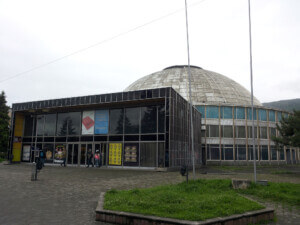Harry Seidler, who called himself “the torchbearer of Modern architecture,” would have turned 100 last month. His first built work, Rose Seidler House (1948–50) in Wahroonga, a northern Sydney suburb, single handedly delivered a complete package of Bauhaus and Modernist principles to Australia, his adopted country: The house was the result of years of rigorous education, creative practice and perhaps most of all, political strife and the displacement he experienced identifying as an Austrian Jew. Despite an early life dotted with setbacks and struggle, Seidler opened up modernism to diverse artistic influences that enriched architecture in ways that are at once surprising and appropriate. Such Seidler’s civic masterpieces as Australia Square, MLC Centre, Grosvenor Place, and his own residence, Killara House, all in Sydney, are among the most publicly acclaimed buildings in Australia.
Harry Seidler was born into an upper-middle class Jewish family. His father, Max, and two of his brothers owned a textile factory in Vienna, which was confiscated by the Nazis following the Anschluss. Then 15-year-old Harry then fled to England as a refugee, going on to attend the Cambridge Polytechnic School. His parents came in November, following Kristallnacht. In May 1940, Seidler’s studies were suddenly interrupted when he was arrested as an enemy alien by British Authorities and shipped to an internment camp in Quebec City. He was released 18 months later once he was accepted to the University of Manitoba in Winnipeg, where he received his Bachelor of Architecture in 1944. Next year, after becoming a Canadian citizen and acquiring an architectural license, Seidler continued his studies at the Harvard Graduate School of Design (GSD) under Walter Gropius and Marcel Breuer, and also at Black Mountain College in Asheville, North Carolina under Josef Albers.
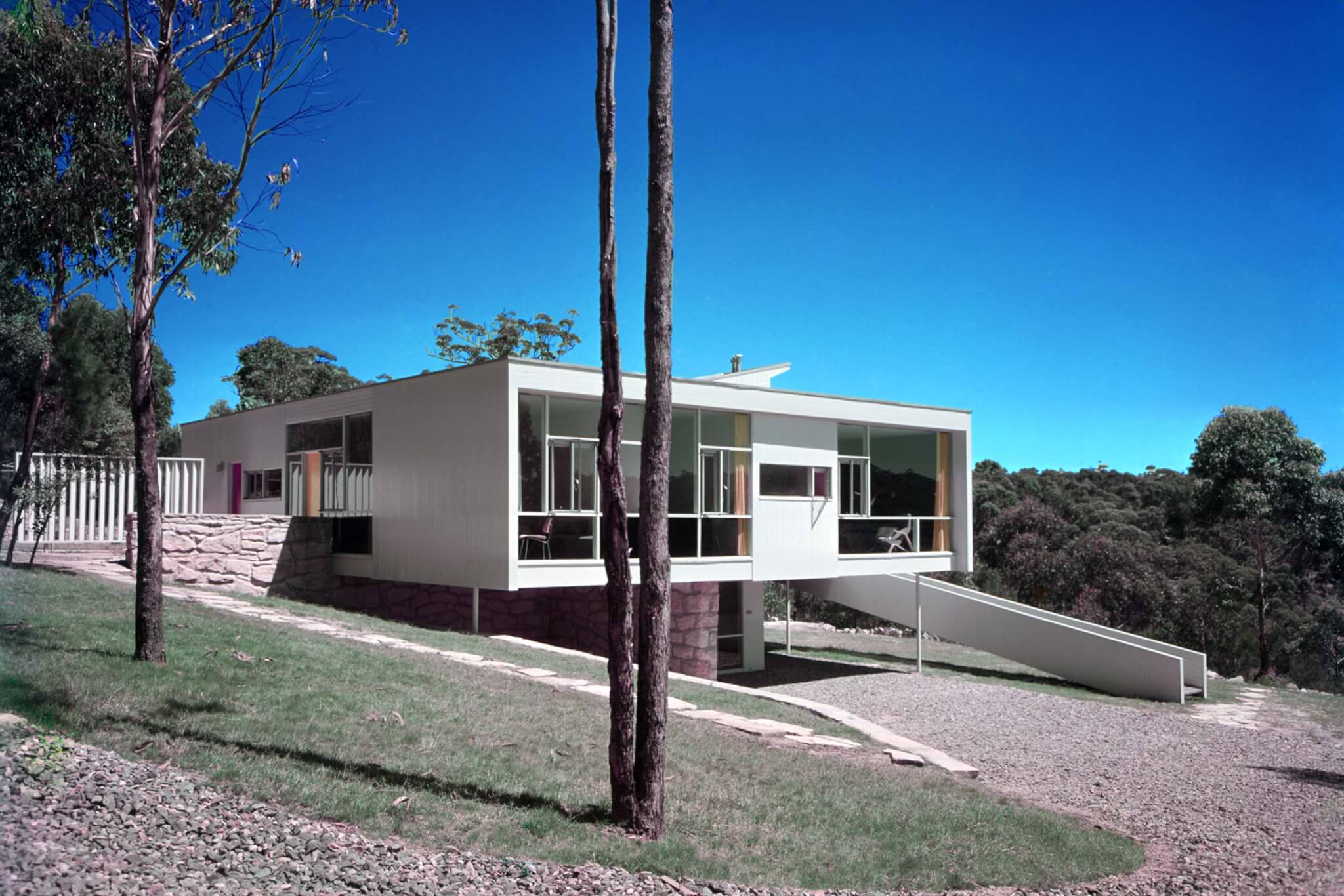
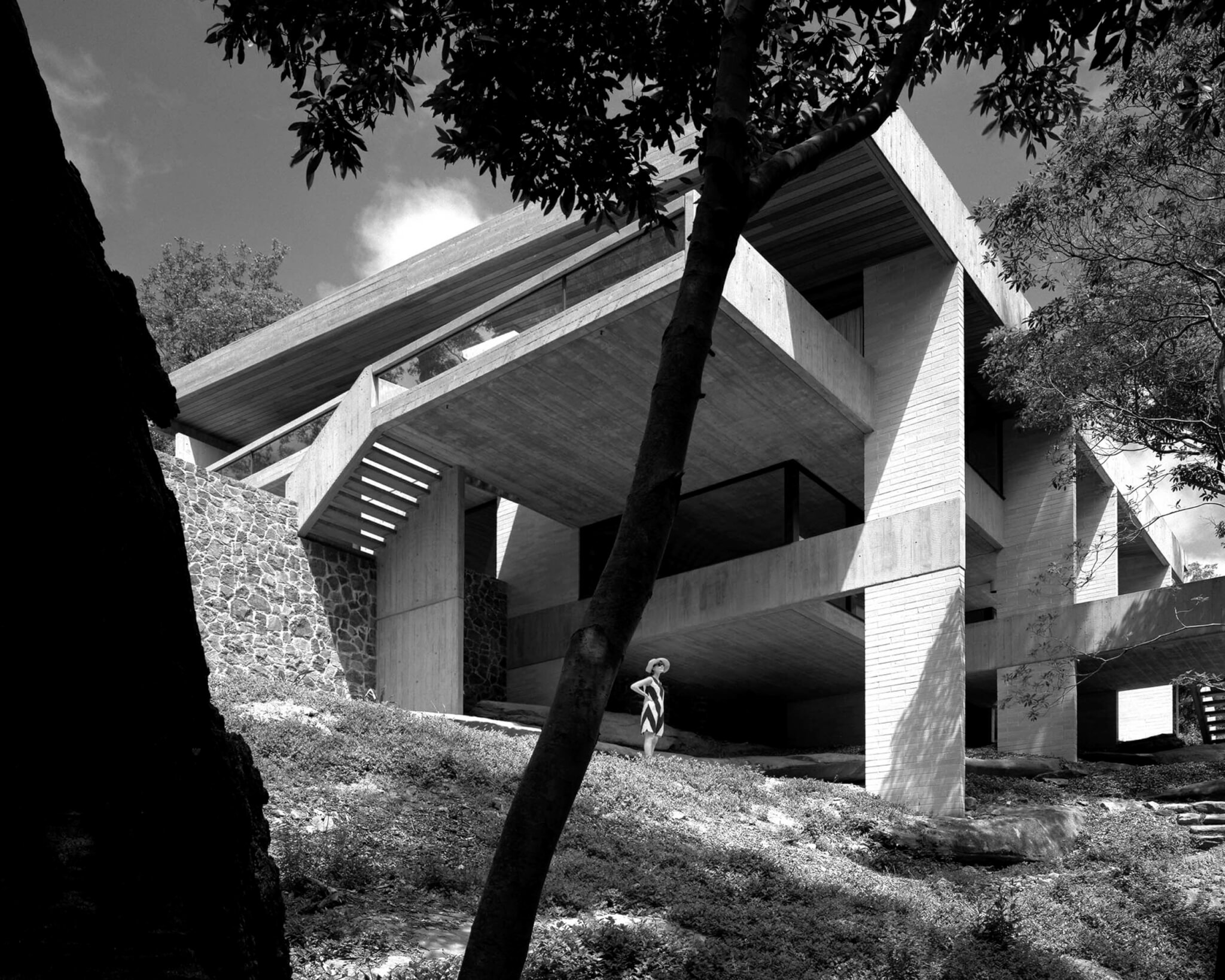
The architect was not yet 25 when, while apprenticing at Breuer’s Manhattan office, a letter from his parents arrived. In a business-like fashion, it said, “We want you to come not just as a visitor, but to accept a commission to design a house for us.” Agreeing to this challenge has changed Seidler’s life, and not only his. After six years of separation, Harry briefly reunited with his parents in America. Visiting on their way to Australia: an uncle had successfully rebuilt the family business there. What Harry presumed would be a short trip down under turned out to be an introduction to his adopted country, where he would cement his legacy.
Harry accepted his parents’ proposal by setting two conditions—they had to pay for his tickets, and he would be coming via Brazil, where he had managed to get a job for a few months at the office of Oscar Niemeyer. He arrived in Sydney in September 1948. In a tiny apartment where he set up his single-person practice, put forth an ambitious critique that became his personal mission statement: “Australia’s present-day building practices are outdated. They cry out for rejuvenation. It is the policy of this office to create new standards which will produce a progressive contemporary architecture.”
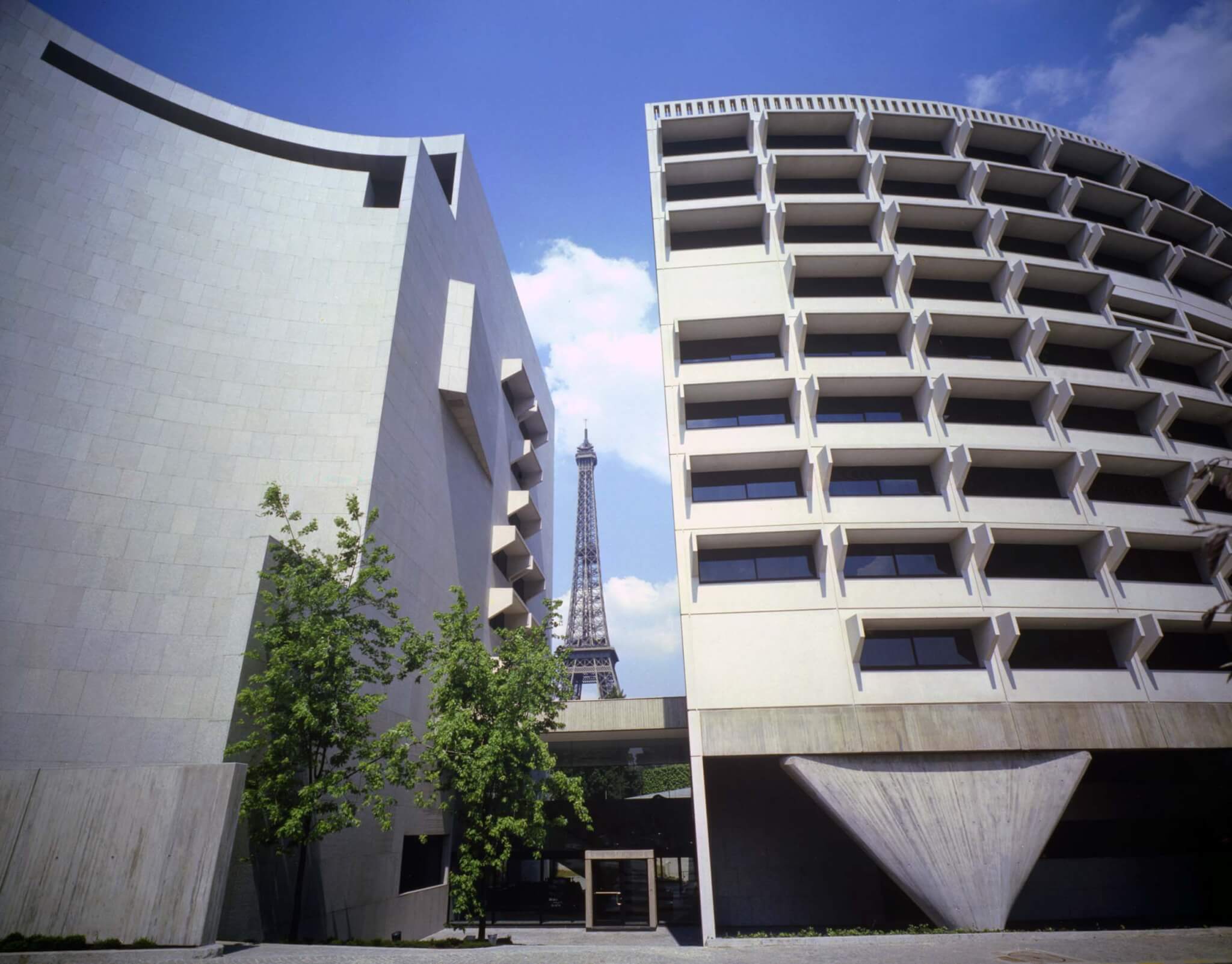
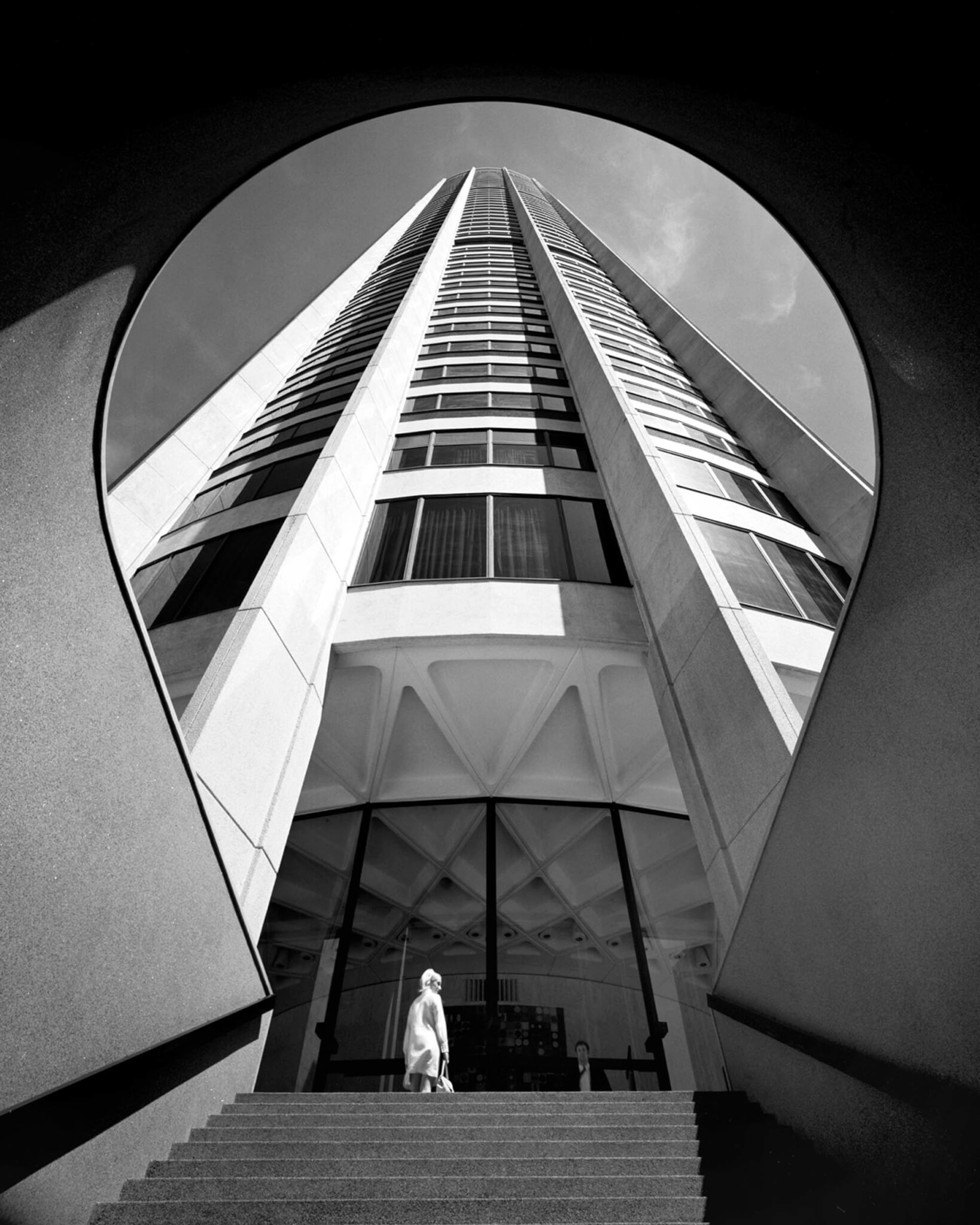
Once completed two years later, the Rose Seidler House (his mother’s), a vessel for elegant yet affordable modern living style, bewildered Sydneysiders, many who nevertheless competed to commission the young expat architect to design a house for them. Seidler’s designs were unfamiliar, but they proved to be instantly likable and desirable, a refreshing contrast to local suburban vernacular. Historian Philip Drew asserted, “This house was to become the yardstick of all later Modern buildings in Australia.” After all, despite his young age, Harry had unmatched first-class education and practice experience in both America and Brazil. Suddenly, going back to New York was out of the question. Over the next six decades he completed a staggering 120 buildings across Australia, as well as in Paris, Vienna, Acapulco, and Hong Kong.
Seidler’s buildings exhibit his ability to absorb ideas and skills from a wide variety of sources. From Gropius—confidence, social purpose, and a methodological approach to design. From Breuer—residential types, the power of concrete, and the warmth of wood. From Pier Luigi Nervi—standardized building systems, and expressive structural language. From Niemeyer—sculptural fluidity, lyrical forms, and creative collaborations with artists. And from Albers—a profound understanding of how our eyes react to visual phenomena. Seidler’s unique talent to find visually the most striking, refined, and convincing forms and balanced relationships between them are absolutely extraordinary. That was his unique contribution—to fuse the best ideas into his own rigorous compositions—mathematically generated, articulate, well-proportioned, consequential, and artistic. Bringing symbolism, complexity, structural considerations, and historical references to his architecture elevated his buildings to an art form always validated by layers of meaning.
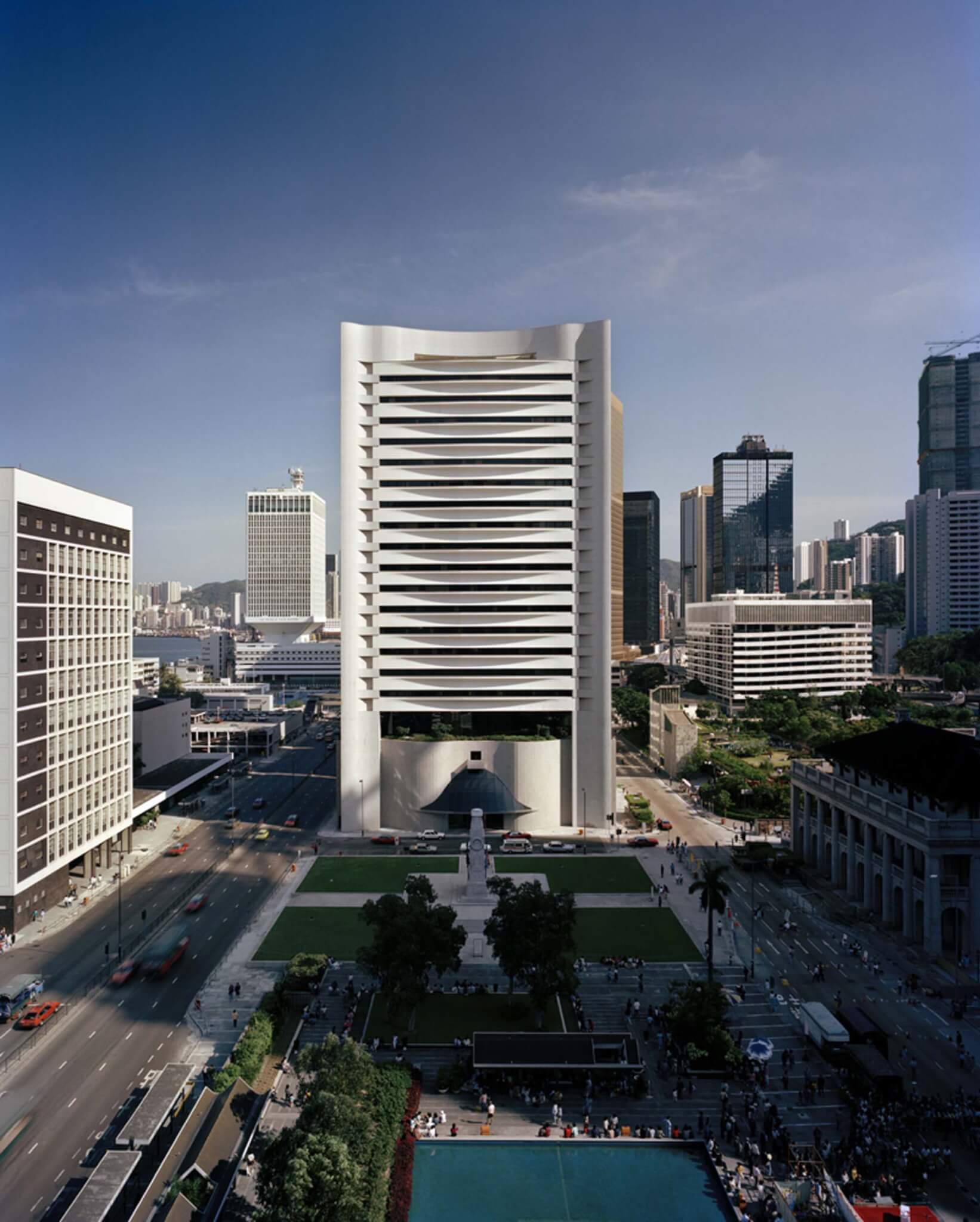
All his life, Harry Seidler championed architecture that made the world a more delightful place. To him, architecture was not only a social and environmental tool, but an emotional one. There is a need to create beautiful, inspirational, and memorable spaces to enjoy. He believed that “every design should be a work of art without compromise.”
Vladimir Belogolovsky is the curator of Harry Seidler: Painting Toward Architecture (world tour, 2012–23) and the author of two books on the architect, Harry Seidler: Lifework and Harry Seidler the Exhibition.









